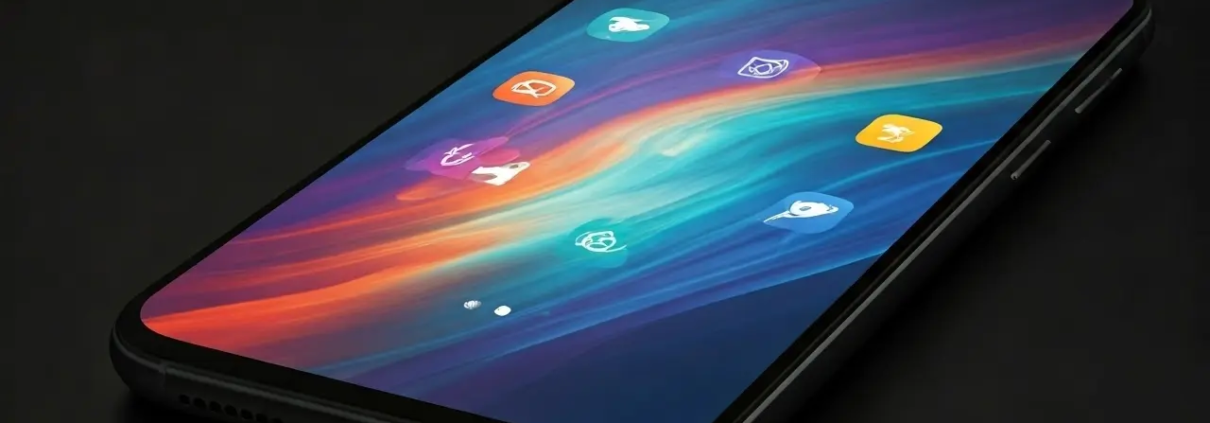How Do Mobile Apps Enhance User Engagement?
In today’s digital age, mobile apps have become integral tools for businesses seeking to increase user engagement. This FAQ will explore how these applications captivate audiences and boost interaction.
Personalization and Customization
Mobile apps allow businesses to tailor experiences to individual users, enhancing engagement through personalized content and recommendations.
Personalization is at the heart of user engagement strategies, providing an experience that feels unique to each user. Apps gather data from users’ interactions and preferences, allowing companies to deliver content, product recommendations, and notifications that align with individual tastes and behaviors. This not only drives user engagement but can turn sporadic users into regulars who feel deeply connected to the brand.
By employing sophisticated algorithms, apps are able to predict and suggest content that users are most likely to engage with, solidifying their importance in daily life. This kind of customization can significantly increase the time users spend within an app, as their interactions feel both efficient and rewarding.
Interactive and Immersive Content
Apps provide users with dynamic and interactive content, making engagement more enjoyable and memorable.
Interactive elements like quizzes, polls, and surveys keep users engaged by inviting participation. Such features not only make the app experience more fun but also provide valuable insights into user preferences. For example, apps like Duolingo engage users through interactive language exercises, making learning feel more like a game than a chore.
Immersive content often includes rich media such as videos, animations, and augmented reality features that can transform a user’s perception of a brand or product. Enhanced by the tactile nature of mobile devices, these elements make the experience deeply engaging and ensure users are captivated on a sensory level.
Consider the impact of storytelling through apps – by integrating short-form videos or interactive timelines, apps can share narratives that resonate with users, making them feel part of a larger community or movement.
Social Media Integration
By integrating social media, apps can facilitate easy sharing and community building, leveraging users’ social networks to boost engagement.
The seamless integration of social media platforms with mobile apps enables users to share their experiences directly with their network, turning personal achievements, purchases, or content consumption into social events. This not only extends the reach of the app but also organically increases user engagement as users like to share what they are passionate about.
Apps that allow users to log in using their social media accounts tend to see higher engagement rates due to reduced friction in the user experience. Users can instantly access their networks, find friends, and interact within the app environment, which enhances the overall connectivity and relevance of the app in users’ lives.
Utilizing Push Notifications
Strategic push notifications help keep users informed and engaged by providing timely updates and reminders.
Push notifications serve as gentle nudges to draw users back into an app. When used effectively, these notifications can inform users about new features, personalized offers, or reminders of engagements like abandoned carts or upcoming events, thus maintaining user interest and interaction with the app.
Personalized push notifications have shown to dramatically decrease app abandonment rates by tailoring messages to user behavior and preferences, for instance, sending a discount on a product a user browsed recently or reminding them of a feature they have yet to explore.
Integration with location-based services can further enhance the effectiveness of push notifications, sending alerts that are relevant to the user’s immediate context and needs, thereby increasing the likelihood of user engagement.
Gamification Elements
Incorporating gamification into apps encourages competition and reward, increasing user interaction and retention.
Gamification takes engagement to the next level by introducing competitive elements such as points, leaderboards, and achievement badges. This approach capitalizes on the human desire for achievement and recognition, promoting increased interaction with the app as users seek to complete more challenges or improve their standing on leaderboards.
Apps like fitness trackers often include gamified features to keep users motivated, allowing them to set goals and receive rewards or share their achievements, fostering a sense of accomplishment and community.
By creating missions, rewards, and incentivizing participation, gamification not only energizes users but also fosters loyalty as users invest time and effort to accumulate their achievements.
Conclusion: The Power of Mobile Apps in User Engagement
Mobile apps have revolutionized the way businesses engage with users through personalization, interactive content, social integration, push notifications, and gamification. By leveraging these strategies, companies can foster deeper connections and foster loyalty among their users.






Leave a Reply
Want to join the discussion?Feel free to contribute!